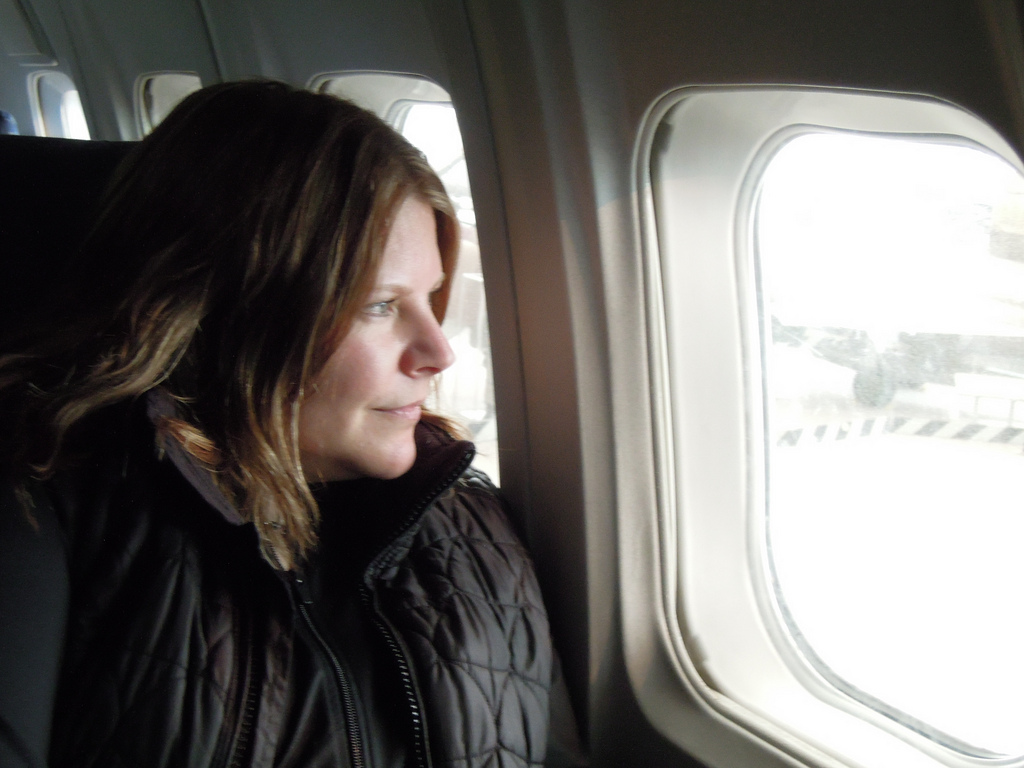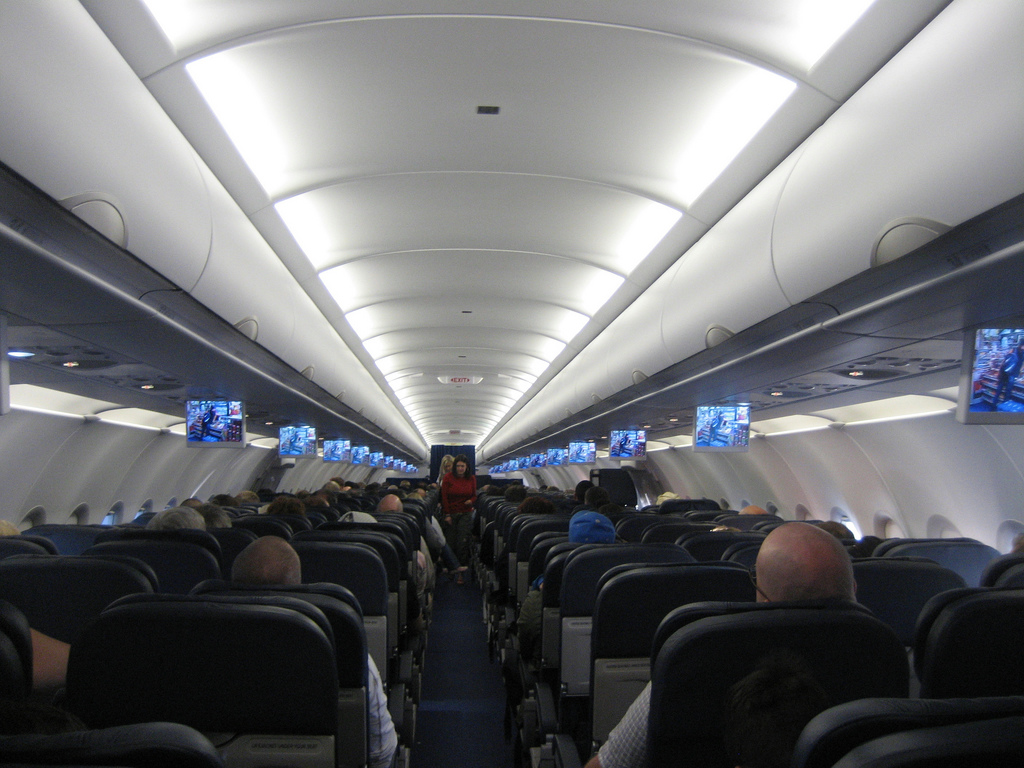
Taking the Fear Out of Flying, through CBT
2014 could not have been easy for anyone with a fear of flying. The inexplicable disappearance of Malaysian Airlines Flight 370, the shooting down of Flight 17 over Ukraine, and the crash of Air Algeria have all undoubtedly made “aviophobes” that much more reluctant to fly.
The history of aviophobia is relatively short compared to other phobias. The first studies on fear of flying were conducted on military pilots after World War I. Of course fighter pilots’ fears are considered more “rational” due to their greater risk exposure.
According to Arnold Barnett, a professor of statistics at Massachusetts Institute of Technology:
“If you take one flight a day, you would on average need to fly every day for 55,000 years before being involved in a fatal crash.”
Despite the low risk, many still struggle with this particular fear. With more than 25 years of experience in treating the fear of flying, Paula Kinnunen, a psychologist and expert in aviophobia, views the root causes of this type of anxiety as multifaceted:
“Most peoples’ fear of flying stems from the feeling of losing control. The plane is a closed space, where there is no exit once it has taken off. On top off that, it is controlled by an unknown pilot, whom the passenger won’t even see during the flight.”

For some, a fear of flying can be directly related to a traumatic experience. But the fear can also be part of something larger, such as a fear of closed spaces or a fear of heights.
The fear response generates a stress-reaction by activating the sympathetic nervous system, which primes the body to enter a state of fight-or-flight. While this stress-response is adaptive in threatening situations, it can be detrimental when experienced on a regular basis in non-threatening conditions.
An effective treatment for many phobias is cognitive-behaviour-therapy (CBT). But Kinnunen and retired pilot Timo Numminen have taken traditional CBT techniques to another level. They offer an intensive two-day course in Helsinki, Finland that combines cognitive and exposure techniques to help participants overcome aviophobia.
According to Kinnunen, the 15-hour workshop focuses on education. It covers the etiology of fears around flying, educates participants about the parts of a plane, operation and flight, and delves into the effects of weather conditions on flying. Throughout this exposure to all-things-airplane, participants are also taught relaxation techniques. The course culminates in participants learning to relax inside a flight simulator. The purpose of these exercises is to learn how to manage fear response in the context of flying.
A fear of the unknown also contributes to anxieties around flying. For example, passengers unfamiliar with aerodynamics might wonder how the plane is able to stay up, what unfamiliar sounds signify, or if they can trust the pilot.
On hand to answer these and other aviation-related questions is Captain Timo Numminen, a retired army and commercial flight pilot with thirty years of flight experience.
“My role is to provide expertise on flying and aerodynamics in general, to provide clients with insight on pilot training, and through statistics showcase how flying is actually the safest from of transportation.”

But success is not only contingent on CBT tools. Motivation is key to program effectiveness. Kinnunen says:
“Throughout the years I have encountered people enrolling in the course for various reasons, [and] the most important thing in determining effectiveness is the individual’s own intrinsic motivation to conquer the fear and having a clear idea what conquering the fear means in their life.”
Research by Simon Kim and colleagues at Georgia State University has found CBT to be an effective treatment for the fear of flying. Because CBT teaches clients to manage behaviour themselves, the gains achieved in therapy are often maintained even through follow-up years later.
The overall goal of the program is to provide the client with the tools they will need to eventually overcome their fear. This allows the clients to avoid relying on external aids like tranquilizers and instead manage their fear with their own minds.
-Essi Numminen, Contributing Writer
Photo Credits:
Feature: Vittorio on Flickr, Creative Commons
First: Ted Drake on Flickr
Second: Christopher Doyle on Flickr



